Best Spotting Scopes for Hunters
-
Mahi
- NightSky
- No Comments
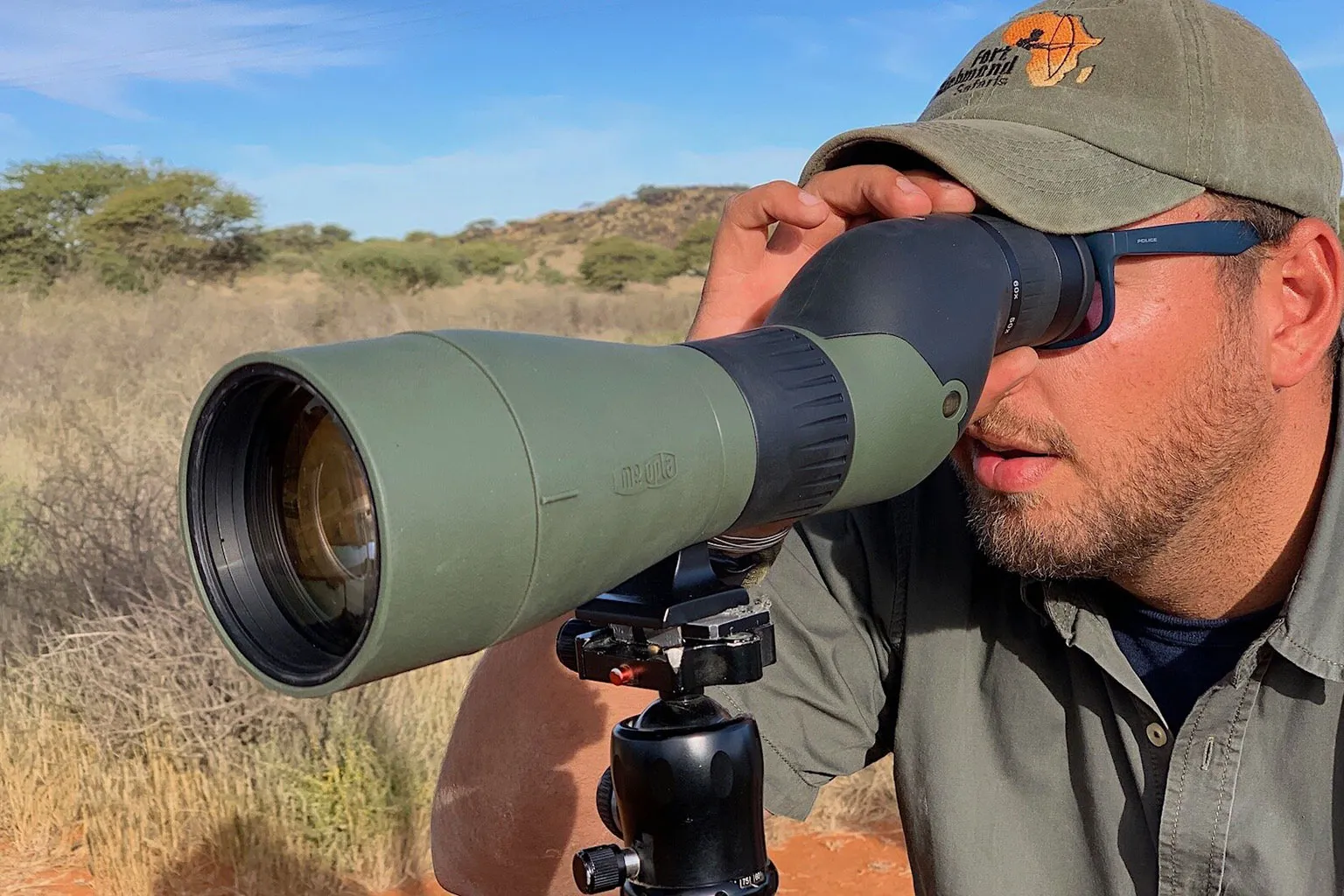
Table of Contents
For serious hunters, having the best spotting scope for hunting can be the difference between a successful stalk and a missed opportunity. These powerful optical tools allow you to glass vast landscapes, identify game at extreme distances, and even evaluate trophy quality long before you disturb the animal.
Far more powerful than binoculars for detailed, long-range observation, a good spotting scope becomes an indispensable companion for scouting, big game hunting in open country, or even target shooting practice. This guide will walk you through everything you need to know to choose the perfect spotting scope to enhance your hunting success.
Why Every Hunter Needs the Best Spotting Scopes for Hunters
Binoculars are perfect for quick scanning, but they fall short when you need to see fine details at long distances. That’s where the best spotting scopes for hunters make a big difference.
With a high-quality spotting scope, you can easily spot the number of antler points on a distant elk, tell if that shadow is a deer or just a stump, or even judge the age and health of an animal from over a mile away, all without moving a step.
This means:
- Less hiking and physical strain
- More efficient hunting with better decision-making
- Minimal disturbance to wildlife, keeping your presence discreet
In short, a spotting scope gives you a strategic edge in the field. It helps you hunt smarter, not harder. That’s why investing in one of the best spotting scopes for hunters isn’t just a luxury, it’s a game-changer.
The Core Features of a Spotting Scope
Choosing the right spotting scope involves understanding a few key technical terms. Let's break down the essential features that impact performance in the field.
Magnification: Seeing Further, Clearer
The first number you see on a spotting scope, like "20-60x," indicates its magnification range. This means the scope can magnify objects 20 to 60 times their actual size.
- Lower magnifications (e.g., 20x) offer a wider field of view, making it easier to locate targets and track moving animals.
- Higher magnifications (e.g., 60x) allow you to zoom in for incredible detail, crucial for assessing antler size or precise shot placement at extreme ranges.
Most hunting scenarios benefit from a variable magnification scope, giving you the flexibility to adjust based on your needs. For general hunting, a range like 20-60x or 20-70x is highly versatile.
Objective Lens Size: Gathering Light for Bright Images
The second number, typically in millimeters (e.g., 80mm), refers to the diameter of the objective lens (the large lens at the front of the scope).
- A larger objective lens gathers more light, which translates to brighter, clearer images, especially in low-light conditions like dawn and dusk when game is most active.
- However, larger objective lenses also mean a larger and heavier scope, which can impact portability.
For hunting, a common range for objective lenses is 65mm to 85mm. If you often hunt in low light or need maximum detail at extreme distances, an 80mm or 85mm objective lens is ideal. If portability is paramount, a 65mm or 70mm scope might be a better fit.
Lens Coatings: Enhancing Clarity and Brightness
The quality of lens coatings significantly impacts image quality. These thin layers applied to the lens surfaces reduce glare, increase light transmission, and improve contrast and color fidelity.
- Fully Coated (FC): At least one surface is coated.
- Multi-Coated (MC): Multiple surfaces have multiple layers of coatings.
- Fully Multi-Coated (FMC): All air-to-glass surfaces have multiple layers of coatings. This is what you should look for in a quality hunting scope.
Some high-end scopes feature Extra-low Dispersion (ED) glass or Fluorite (FL) glass. These specialized glass types correct chromatic aberration (color fringing), resulting in incredibly sharp images with true-to-life colors, even at high magnifications. For the best spotting scope for hunting where optical perfection matters, ED or FL glass is a significant advantage.
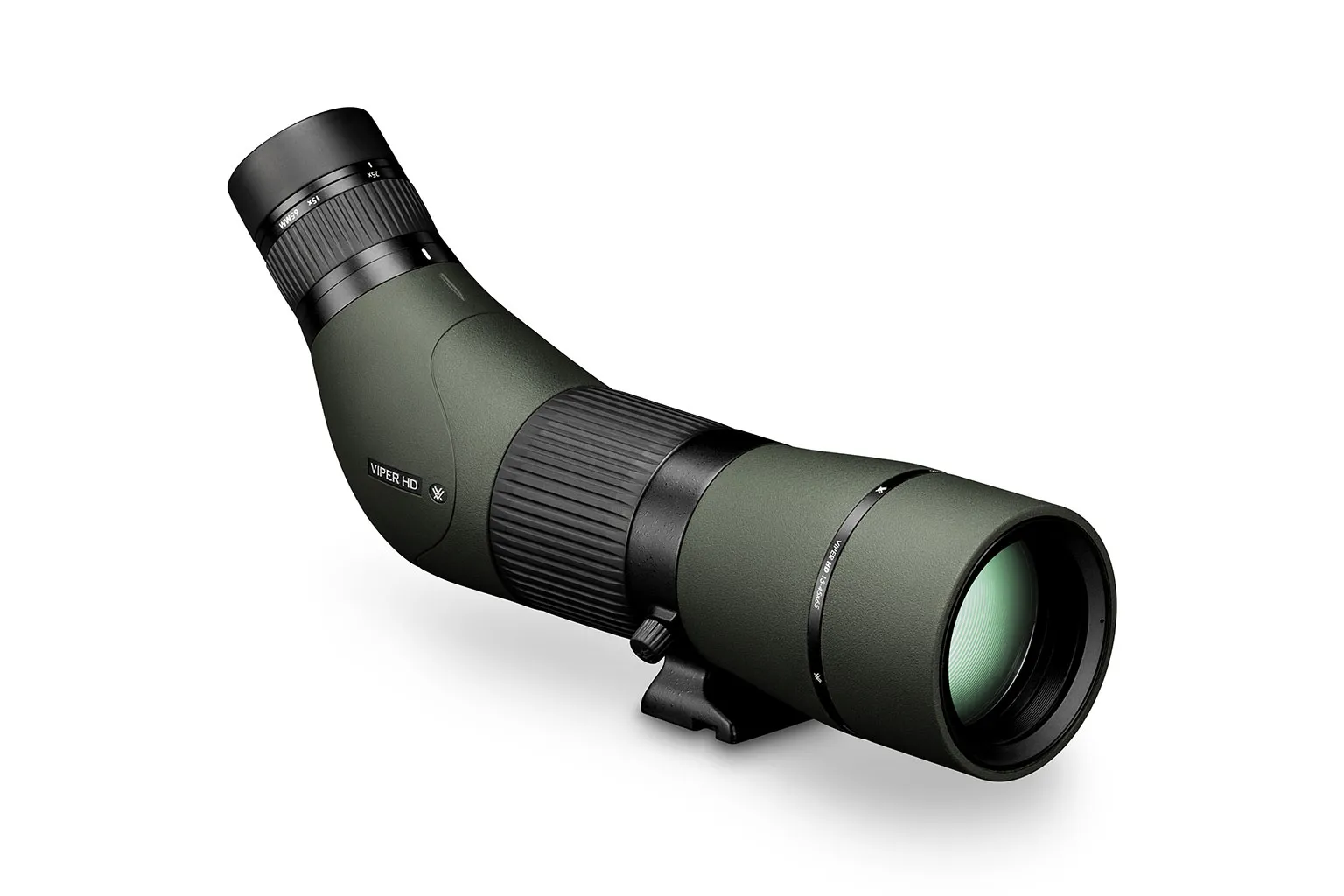
Best Spotting Scopes for Hunters (2025 Guide)
Whether you're glassing for elk in the mountains or scanning open plains for deer, a reliable spotting scope is a must for serious hunters. Below are the top-rated models that stand out in clarity, durability, and field performance.
1. Vortex Viper HD 20-60x85 Spotting Scope
Why it's great for hunters:
- Excellent image clarity with HD optical system
- Rugged, waterproof, and fogproof construction
- Angled and straight models are available
Pros:
- XR Fully Multi-Coated lenses provide sharp, bright views
- ArmorTek coating protects the lenses from scratches and dirt
- Smooth helical focus wheel for precise adjustments
Best for: Long-range glassing in varied weather and terrain
2. Swarovski ATX/STX 25-60x85 Modular Spotting Scope
Why it's great for hunters:
- Top-of-the-line optics for professionals
- The modular system lets you switch between objective sizes
- Brilliant clarity and color fidelity
Pros:
- Fluoride-containing HD lenses reduce chromatic aberration
- Easy to mount on a tripod and adjust
- Weather-sealed and shock-resistant
Best for: High-end users demanding elite optical performance
3. Leupold SX-5 Santiam HD 27-55x80
Why it's great for hunters:
- Made specifically with hunters in mind
- Excellent in low-light conditions like dawn and dusk
- Military-grade ruggedness
Pros:
- Twilight Max HD Light Management System
- Lightweight magnesium housing
- Guard-ion lens coating repels water, dirt, and fingerprints
Best for: Low-light hunting scenarios and rugged environments
4. Athlon Ares G2 UHD 20-60x85
Why it's great for hunters:
- Budget-friendly alternative to high-end scopes
- UHD optics deliver surprising performance for the price
- Ideal for Western hunting and open terrain
Pros:
- Advanced fully multi-coated lenses
- Durable, magnesium alloy body
- Argon purging for fog-proof performance
Best for: Hunters who want great quality without breaking the bank
5. Zeiss Conquest Gavia 30-60x85
Why it's great for hunters:
- German engineering at its finest
- Compact and lightweight for long hikes
- High magnification range for distant targets
Pros:
- LotuTec coating for water and dirt resistance
- Large focus wheel for fine adjustments with gloves
- Excellent edge-to-edge sharpness
Best for: Mobile hunters and those focused on bird hunting or elk glassing
6. Celestron Regal M2 20-60x80 ED
Why it's great for hunters:
- Excellent mid-range scope with ED glass
- Great value for money
- Lightweight and portable
Pros:
- Extra-low dispersion (ED) glass for clear, color-accurate images
- Dual focus knob for quick and fine focus
- Rotating tripod mount
Best for: Mid-range hunters and wildlife observers on a budget
7. Bushnell Forge 20-60x80
Why it's great for hunters:
- Built tough for rugged field use
- Excellent clarity and contrast
- Affordable high-performance option
Pros:
- EXO Barrier lens coating repels water, oil, and dust
- Premium BaK-4 prisms and fully multi-coated lenses
- Rubber armor for shock resistance
Best for: Entry-level to intermediate hunters looking for reliable performance
Why Every Hunter Needs the Best Spotting Scopes for Hunters
Binoculars are perfect for quick scanning, but they fall short when you need to see fine details at long distances. That’s where the best spotting scopes for hunters make a big difference.
With a high-quality spotting scope, you can easily spot the number of antler points on a distant elk, tell if that shadow is a deer or just a stump, or even judge the age and health of an animal from over a mile away — all without moving a step.
This means:
-
Less hiking and physical strain
-
More efficient hunting with better decision-making
-
Minimal disturbance to wildlife, keeping your presence discreet
If you're a serious hunter and want the best overall performance, the Swarovski ATX/STX or Zeiss Conquest Gavia are unbeatable. For value seekers, the Athlon Ares G2 UHD or the Celestron Regal M2 offers impressive optics at a lower price.
Angled vs. Straight Eyepieces: Which is Right for You?
Spotting scopes typically come with one of two eyepiece configurations: angled or straight. Each has distinct advantages and disadvantages for hunters.
Angled Eyepieces: Comfort and Versatility
Pros:
- More comfortable for extended viewing: You don't have to crane your neck as much, especially when glassing uphill or from a prone position.
- Easier for sharing: Multiple users of different heights can comfortably view without constant tripod adjustment.
- Better for digiscoping: Attaching a camera for photography is often simpler with an angled eyepiece.
- Can be set lower on a tripod: Useful for stability in windy conditions or for camouflage.
Cons:
- Harder to quickly acquire targets: You need to point the scope roughly at your target, then look through the eyepiece to find it.
Straight Eyepieces: Quick Target Acquisition
Pros:
- Intuitive target acquisition: You simply point the scope like a rifle, making it faster to find your target, especially if it's moving.
- Ideal for vehicle mounting: Can be convenient when viewing from a car window mount.
Cons:
- Less comfortable for prolonged use: Requires more neck craning, particularly when glassing at elevation or from the ground.
- Less flexible for sharing: Requires more tripod adjustment for different users.
For most hunters, especially those who spend long hours glassing from a fixed position, an angled eyepiece often provides superior comfort. However, if rapid target acquisition is your top priority, a straight eyepiece might be preferable.
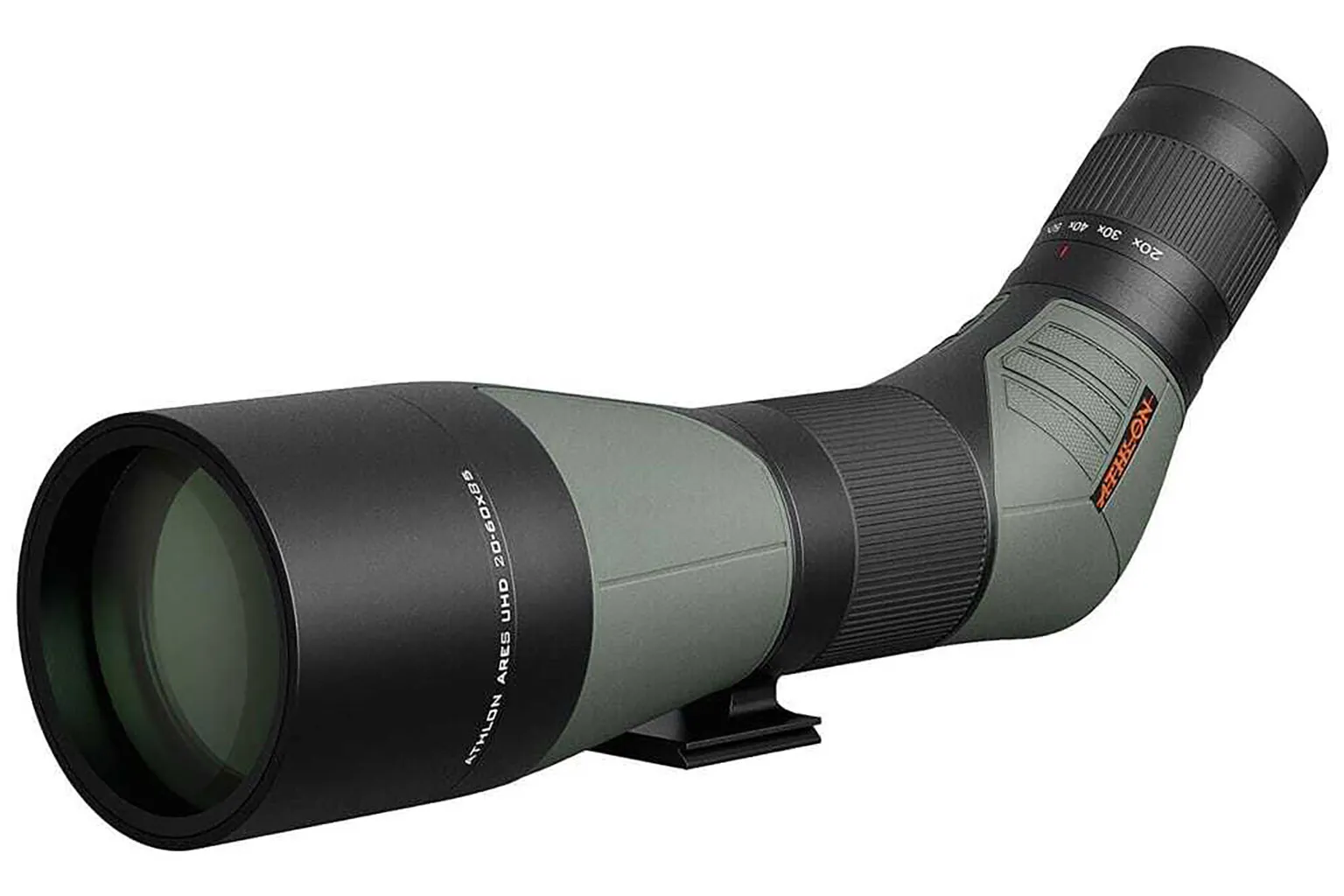
Durability and Weatherproofing: Built for the Wild
Hunting environments are tough, and your gear needs to match. The best spotting scope for hunting will be built to withstand the elements.
Construction Materials
Look for scopes made with rugged, lightweight materials like aluminum alloys or magnesium. These provide durability without excessive weight. Rubber armoring on the exterior protects against minor bumps and provides a secure grip, even with wet hands.
Waterproofing and Fog Proofing
This is non-negotiable. Your spotting scope should be O-ring sealed to be fully waterproof, preventing moisture from entering the optics during rain, snow, or accidental submersion. Nitrogen or argon gas purging internally prevents internal fogging due to rapid temperature changes.
Without this, your view can become completely obscured when moving from a warm truck to cold outdoor air. Always ensure your chosen scope is both waterproof and fog-proof.
Portability: Balancing Power and Weight
A powerful spotting scope is useless if it's too heavy or bulky to carry into the field. Consider your typical hunting style:
- Backpack hunters will prioritize lighter, more compact scopes, even if it means sacrificing a little objective lens size. Look for models around 3-4 pounds.
- Hunters who primarily use ATVs or vehicles may be able to carry heavier scopes with larger objective lenses for maximum light gathering.
Think about the total weight, including the tripod. A sturdy tripod is essential for stability, but it also adds significant weight. Many manufacturers now offer compact and lightweight tripods specifically designed for hunters.
Investing in a lightweight tripod is just as important as choosing a lightweight scope when considering portability for the best spotting scope for hunting.
Essential Accessories for Your Spotting Scope
A spotting scope isn't a standalone item; you'll need a few key accessories to maximize its performance.
Tripod: The Foundation of Stability
A sturdy tripod is critical. Even the slightest shake will blur your view at high magnifications.
- Look for a tripod that is stable enough to support your scope's weight without wobble.
- Consider carbon fiber for lightweight portability or aluminum for a more budget-friendly, yet sturdy, option.
- A fluid head offers smooth, precise panning and tilting, which is excellent for tracking game.
- Ensure the tripod can extend to a comfortable height for your viewing position (standing, sitting, or prone).
Carrying Case/Stay-On Case
A good carrying case protects your investment during transport. A stay-on case (or "always-on case") is even better, as it allows you to use the scope without removing it from its protective cover, offering protection from bumps and elements while in use.
Lens Cleaning Kit
Always have a proper lens cleaning kit (brush, lens cloth, cleaning solution) to keep your optics free from dust, dirt, and smudges without scratching the delicate coatings.
Choosing the Best Spotting Scope for Hunting: Key Considerations
Now that you understand the features, let's put it all together. When selecting your best spotting scope for hunting, ask yourself these questions:
- What kind of hunting do I do? Open country long-range glassing? Dense forest for shorter distances?
- What are my typical hunting conditions? Low light? Rainy weather? Extreme temperatures?
- How important is portability? Am I backpacking miles or hunting from a vehicle?
- What's my budget? Spotting scopes range from a few hundred to several thousand dollars. While you often get what you pay for in optics, there are excellent mid-range options.
- Do I prefer an angled or straight eyepiece? Consider your comfort and target acquisition needs.
Don't just chase the highest magnification; focus on optical quality (ED glass, FMC coatings) for a clear, crisp image, even at lower magnifications.
A 20-60x80mm scope with excellent glass will outperform a 30-90x90mm scope with inferior optics every time. Investing in quality pays off with less eye strain and more detail. For the serious hunter, selecting the best spotting scope for hunting is a long-term investment.
Spotting Scope Care and Maintenance
To ensure your best spotting scope for hunting lasts for years, proper care is crucial.
- Keep lenses clean: Use a lens brush to remove dust before wiping with a microfiber cloth and specialized lens cleaning fluid.
- Store properly: Always store your scope in its case when not in use, in a cool, dry place.
- Avoid extreme temperatures: Don't leave your scope in direct sunlight in a hot car for extended periods, as this can affect internal components.
- Handle with care: Treat your scope as a precision instrument. Avoid dropping it or subjecting it to harsh impacts.
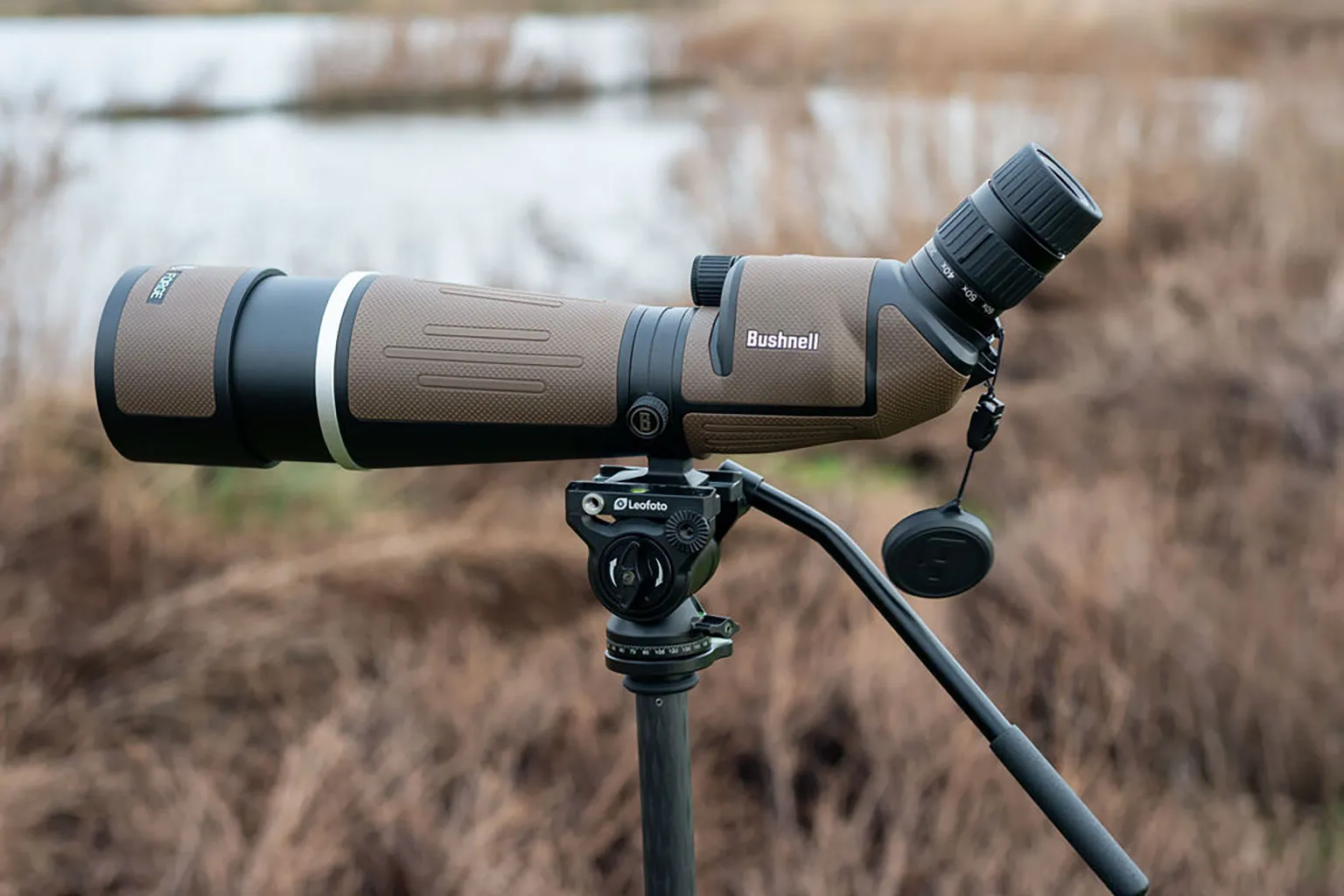
How to Choose the Best Spotting Scope for Hunting
Key factors to consider:
- Magnification & Objective Lens Size: 20-60x80 or 85mm is standard for hunting.
- Glass Quality: Look for HD or ED glass to reduce glare and chromatic aberration.
- Durability: Waterproof, fogproof, and shock-resistant housing is crucial.
- Weight & Portability: Lighter scopes are better for backpacking hunts.
- Focus Mechanism: Smooth dual or helical focus is ideal for fast target acquisition.
Choosing the best spotting scope for hunting involves balancing magnification needs, objective lens size, optical quality (especially lens coatings and ED glass), eyepiece style, and crucial factors like durability and portability.
By understanding these key features and considering your hunting style, you can make an informed decision that will significantly enhance your ability to scout game, identify targets, and ultimately improve your hunting success. A quality spotting scope isn't just a luxury; it's a powerful tool that makes you a more effective and efficient hunter, allowing you to see more and hunt smarter.
FAQ
1. What's the main difference between binoculars and a spotting scope for hunting?
Spotting scopes offer much higher magnification and objective lens sizes than binoculars, providing superior detail and light gathering for long-range observation, while binoculars are better for wider field of view and general scanning.
2. Is ED glass really necessary in a hunting spotting scope?
While not strictly necessary, ED (Extra-low Dispersion) glass significantly improves image clarity, contrast, and color fidelity by reducing chromatic aberration, especially at higher magnifications, making it a valuable feature for serious hunters.
3. How important is waterproofing and fog proofing for a spotting scope?
Extremely important. Hunters often face unpredictable weather. Waterproofing prevents internal damage from moisture, and fog proofing prevents internal lenses from fogging up due to temperature changes, ensuring clear views in all conditions.
4. Can I use a spotting scope for target shooting as well?
Yes, absolutely! Many features that make a spotting scope excellent for hunting (high magnification, clear optics, stability) also make them ideal for target shooting, allowing you to see bullet holes at long distances.
5. What's a good budget to set for a quality hunting spotting scope?
You can find decent entry-level scopes starting around $300-$500, but for truly good optical quality and durability suitable for serious hunting, expect to spend $800-$1500+. High-end professional models can exceed $2000+.
6. Should I prioritize magnification or objective lens size for hunting?
It's a balance. A larger objective lens gathers more light for brighter images, which is often more beneficial than simply higher magnification. Good optical quality (coatings, glass type) usually matters more than just raw numbers for both.
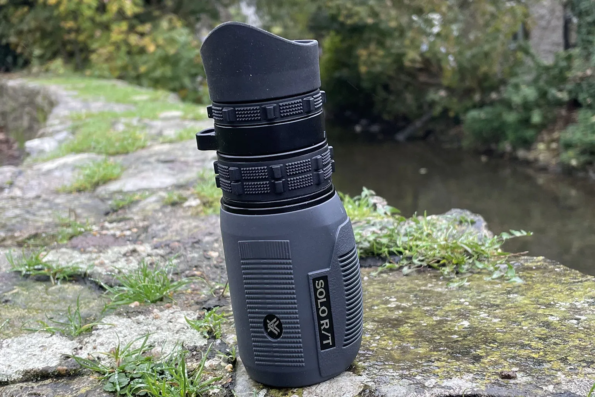
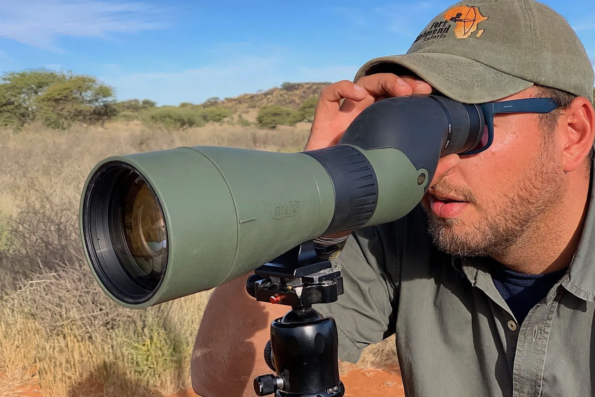
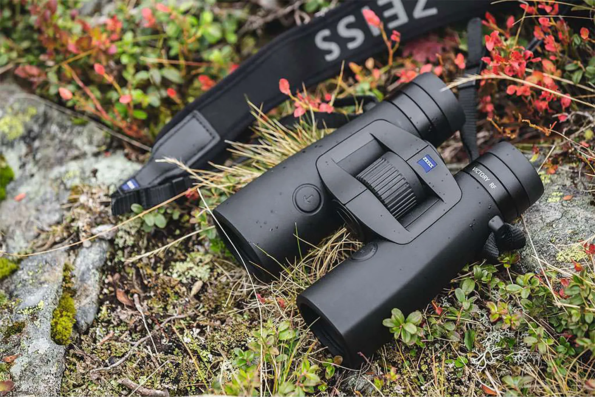
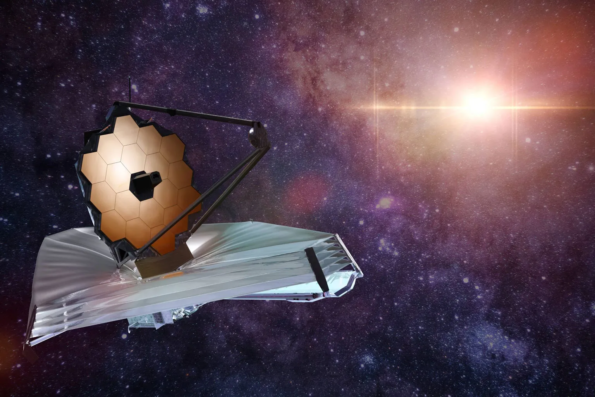
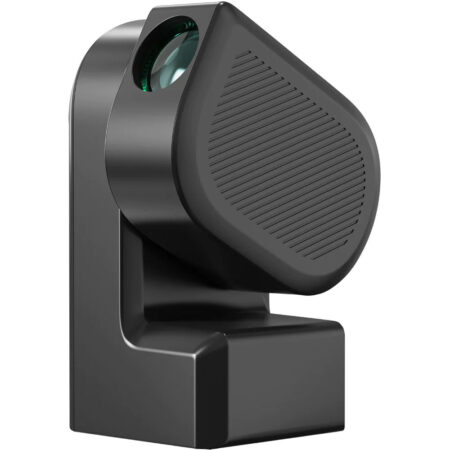
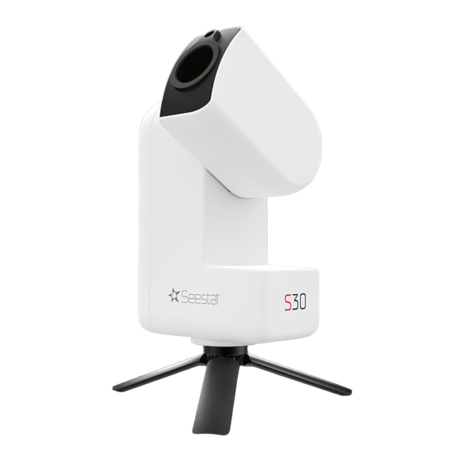
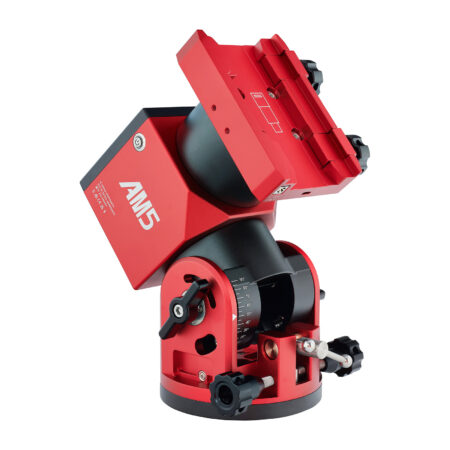
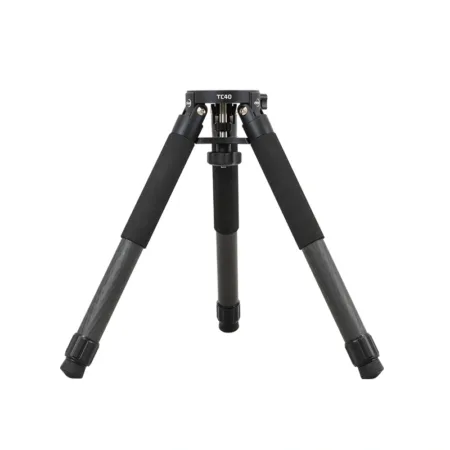
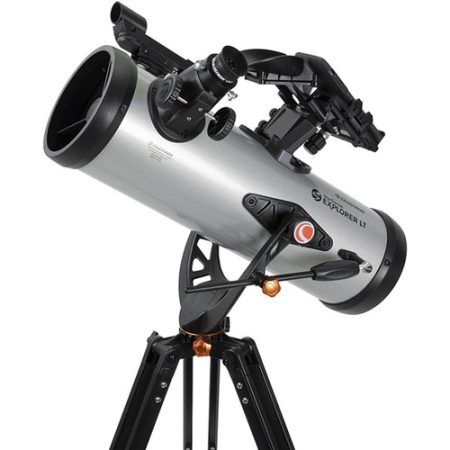
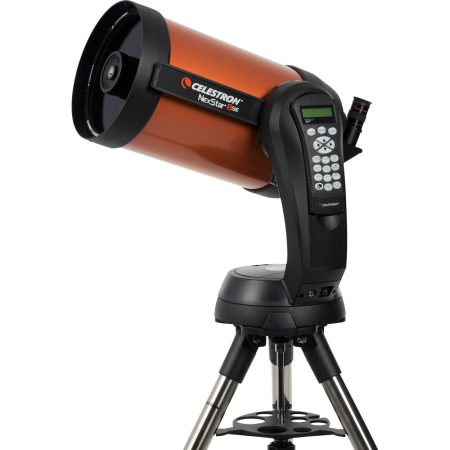
No Comments